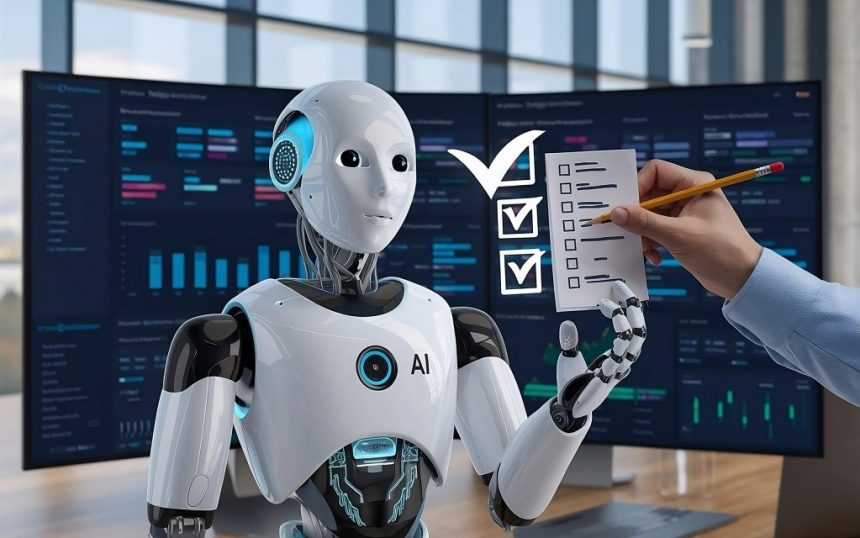Navigating the New Frontier of AI Model Security with Endor Labs
The landscape of artificial intelligence has rapidly evolved, resembling the chaotic early days of open-source software development. As developers create complex models built upon existing frameworks, the challenge of ensuring the security and reliability of these foundational components looms large. Recognizing these challenges, Endor Labs, a leading software supply chain security company, has launched an innovative platform aimed at enhancing transparency and safety in the AI model ecosystem.
Introducing Endor Labs Scores for AI Models
Endor Labs has taken a significant step in addressing concerns over the reliability of pre-built AI models by launching the Endor Labs Scores for AI Models. This new tool evaluates over 900,000 open-source AI models hosted on Hugging Face, one of the premier AI repositories. By employing a set of 50 metrics, the platform assesses models based on four critical factors: security, activity, quality, and popularity. Developers can quickly gather insights and ask specific questions like, “Which models are suited for sentiment analysis?” and “What are the most popular models developed by Meta?” simplifying the model selection process.
George Apostolopoulos, a founding engineer at Endor Labs, highlighted the project’s importance in today’s climate of rapid AI adoption. He described the inherent risks of downloading binary code from the internet and emphasized the necessity for visibility and trustworthiness in model selection.
A Deep Dive into Model Security
Endor’s scoring system serves as a vital resource for developers, who often encounter a "black box" scenario when it comes to understanding the origins and integrity of AI models. Apostolopoulos pointed out the complexity of AI security, noting that models are vulnerable to issues such as malicious code injection and compromised user credentials. With prevalent threats in the digital landscape, enhancing security measures is now more critical than ever.
The platform continuously monitors updates and alterations in models, leveraging large language models (LLMs) to analyze data and emerging risks. As the company gathers more data, it plans to expand its evaluation criteria and include models from additional platforms, such as OpenAI.
Similarities and Challenges: AI vs. Open Source
Apostolopoulos drew comparisons between the development of AI models and open-source software, underlining the myriad of options and corresponding risks that arise from both. While open-source software can obscure vulnerabilities through indirect dependencies, many AI models today are built on common frameworks like Llama and others, creating a web of dependencies that can complicate management and security.
The intricate dependency graph in many AI models—where layers of existing models are built upon one another—creates a frustrating paradigm for developers seeking clarity. Apostolopoulos stressed that distinguishing trustworthy models from potentially harmful ones is both challenging and essential. The convolution in existing model data can hinder effective evaluation and testing.
The Hazards of Open Source AI
Despite the convenience of utilizing open-source resources, Apostolopoulos warned of the risks. Malicious actors can exploit vulnerabilities in model weights or installation scripts, leading to potential security breaches. Older storing formats, such as PyTorch and TensorFlow, may allow for arbitrary code execution, exacerbating these dangers.
In addition to security concerns, organizations must navigate complex licensing issues associated with AI models. These models are not only influenced by the licenses governing their own use but also by the datasets they were trained on. Acknowledging these intellectual property intricacies is essential for responsible AI deployment.
As development techniques for both open-source software and AI models continue to evolve, it remains crucial for developers and organizations to stay informed and proactive. With platforms like Endor Labs setting a precedent for transparency and security, the path forward for AI development may become clearer—aiming for a safer, more reliable future where the potential of AI can be fully realized without jeopardizing security.



